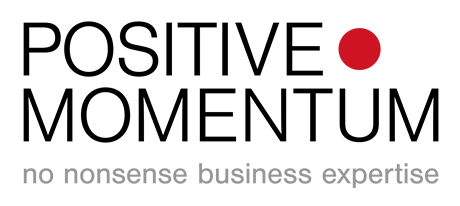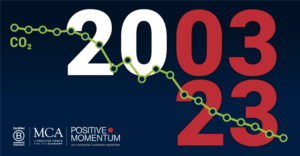…on your sales dashboard.
A dashboard in the truest sense is something you can briefly glance at whilst speeding along and get an instant picture of performance. Is your sales dashboard like that or are there so many measures that it resembles the instrument panel of an airliner?
Despite everything that those seeking to market CRM systems might tell you, there are really only three measures that matter when seeking to understand how effective a B2B salesperson or team is. Neither ‘achievement-versus-arbitrary-target-set-by-spreadsheet-jockey’ nor some hilarious sales fantasy about so-called pipeline value are included in these three. Furthermore, the only skill needed to monitor and calculate these numbers is the ability to add up and then divide one number by another.40
When I started in B2B sales in 1989 my first boss told me that if I didn’t accurately know my activity level, my conversion rate and my average order value whenever asked then I could trot back to tractor college (as he called it) just as fast as my welly booted legs could carry me. To be honest I doubted his real interest in these metrics, convinced instead that if I just hit my targets all would be well. Having obliterated my target in my first month and then missed it catastrophically every month for the next three*, I soon discovered the wisdom of his approach and the lesson has remained with me ever since…
Too many sales leaders spend far too much time chasing outputs (target, pipeline, deals) and far too little time coaching the inputs that will deliver sustainable performance over time. There are just three, they build upon each other and all require each other to make sense:-
Activity
I don’t care how you measure it, but measure it you must. Time on the phone, number of meetings or a combination of both, it’s the raw input of effort that really needs measuring. I’m so bored of the quality versus quantity excuse debate when its obvious to any idiot that both are required. I’m also finding the tendency toward measuring number of proposals or some other such ‘quality’ abstraction a bit tedious – too often driven by sales teams that consider themselves somehow above straightforward activity measures, these are sure to brilliantly distract attention from the fact that we all (me very much included) simply need to get off our bums a bit more often and go and make some new friends. In 1989, selling office equipment to SME’s, 10 new appointments per week was the minimum standard and it seemed as reasonable then as it does now.
Conversion
Once (and only once) the flywheel of activity is spinning fast enough can we move on to monitoring conversion. The age of CRM has done an outstanding job of fudging this most excellent of measures. Most instances of CRM measure conversion by reference to pipeline and I’ve always been confused about what that possibly tells you since even the most junior salespeople soon learn how to manipulate the stages of a pipeline in CRM to their own advantage. Proper conversion is simply activity divided by number of orders. As a sales manager you just need to know how much effort it takes me to create a deal and then coach me to the optimum level. In 1989 I was supposed to be closing 1 in 3 and my manager spent most of his time in the field (crazy I know) coaching us each how to do just that.
Average Order Value (AOV)
If I am converting well then the only other lever available to improve performance is getting me to sell more each time. Big calculation this one – I admit it might take something as sophisticated as a calculator – simply divide my total revenue achievement in a given period by the number of deals I wrote and hey presto there is our third and final measure. My favourite question for every salesperson or sales leader I am fortunate enough to work with is “what is your average order value?”. I am truly staggered by the number who either don’t know or make a guess. My favourites are the ones who say “it’s somewhere between x and y” – the concept of average appearing alien to them. In 1989 the princely sum of £1250 was my AOV target.








